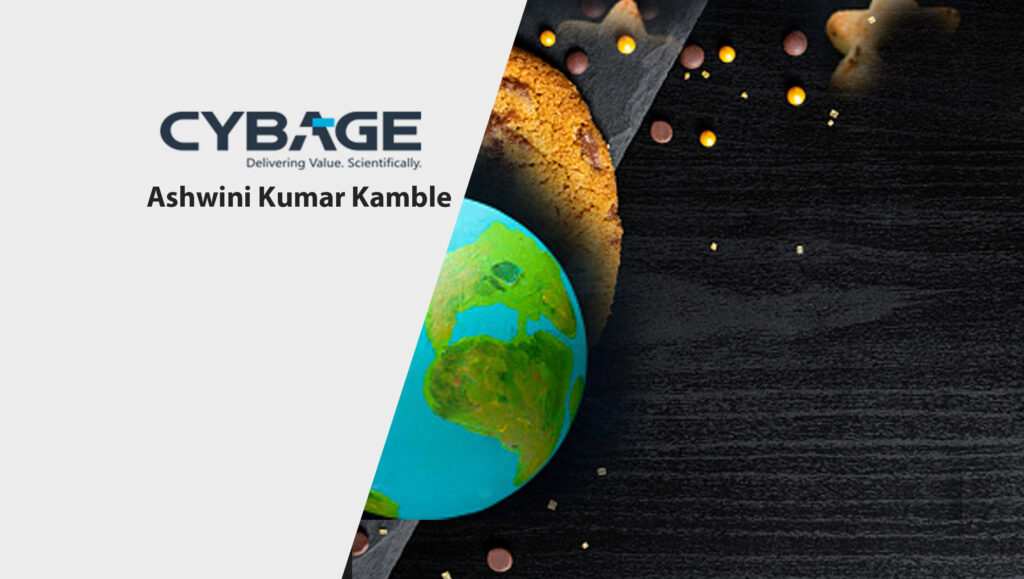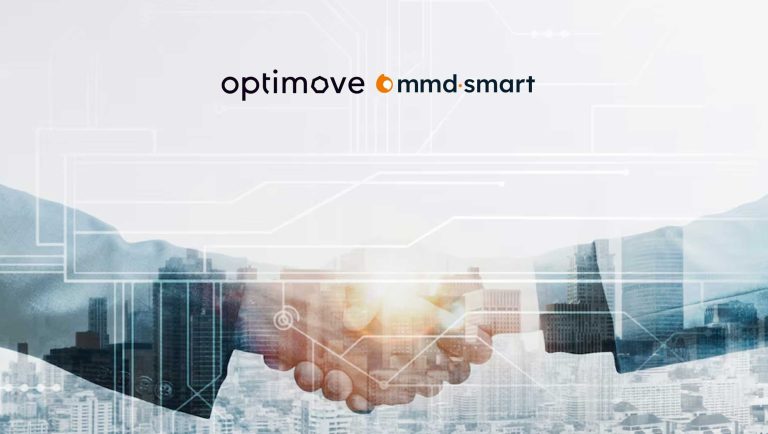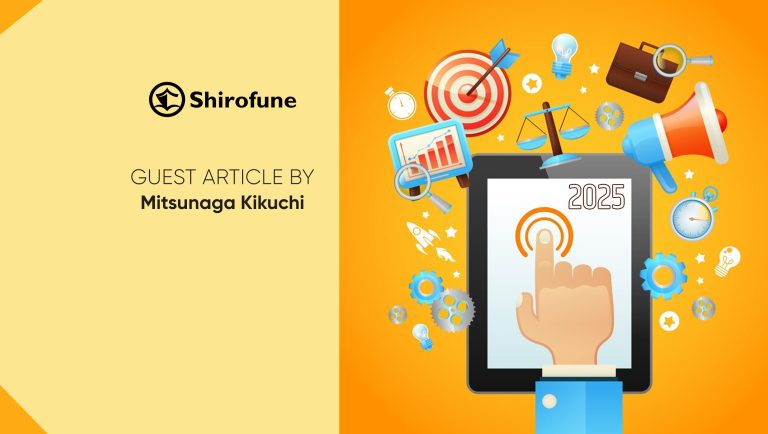The industry is going through another Y2K moment with Google’s announcement of phasing out third-party cookies by 2023. It has led to big questions, and uncertainty for marketers as third-party Cookie-Less are essential in online advertising. While Y2K ended up having little impact, ‘Cookiepocalypse’ will completely disrupt the fundamentals of the online ecosystem for marketers and media owners.
Let’s take a step back and find out answers to the below questions that the Cookie-Less-Movement brings to the table.
Marketing Technology News: MarTech Interview with Michael O’Connell, VP Marketing at AnyRoad
- What is the holistic impact across the industry?
- As Chrome is the leading browser, why this step, and what is Google’s vision?
- Analysis and options available with leaders to mitigate/address this challenge?
How This Call Spreads Deep in Industry?
Industry reports indicate an impact resonating from the AD Technology stack, AD Revenue, Ads-sales model, and the core fabric of Industry as specified below.
- The reach and value of specific tools/technology within the marketing stack will diminish.
- Revenue of Google’s parent—Alphabet, will be affected as 84% of revenue comes from ad sales.
- For marketers, the question on targeting users with highly relevant ads and whether those ads lead to sales?
- Entire web-based digital industry and the theme of digital marketing will be affected.
Depicting Google’s vision
Even though Chrome is the leading browser in the world, Google seems to be acing their vision. With the cookie-less move, Google projects its vision as ‘Simplicity in privacy & Advertising’ by adhering to the following principles.
- Target/track audiences without having them share personal info.
- New way to track ads and privacy on the web
- Privacy sandbox (PS) as a solution allows sites to gather limited info. Below is the structural part of PS.
- Build anonymized groups on various principal vs. targeted individuals
- Naming these groups as Federated Learning of Cohorts (FLoC)
- Brands won’t be able to determine whom they are targeting
Impact Analysis on Marketers, Advertisers, and Publishers (MAP)
To better understand the phenomenon, we segregated the entire impact into four different layers, where layer three and below is considered a high-impact zone.
Layer I: Google monopoly and Mobile device as the next target.
Layer II: MAP to lose data control of consumers and existing technology stack might face limitations. It might devalue the existing data and have a significant impact on the customer engagement model.
Layer III: Huge impact over marketing budget and investments made thus far.
Layer IV: Time to act upon new strategies and tactics.
Marketing Technology News: Martech Interview with Seth Thomas, Vice President at Klay Media
It’s a call to action for MAP. Still, it’s a BIG PLUS from a consumer perspective as it is consent-based data collection, more data transparency for consumers. As such, consumers might only face an impact on personalization.
Way Forward for MAP – Rise of New Era of Digital Marketing
The way forward for MAP is to take constructive steps to mitigate this cookie-less world.
- Using first-party data in action, constructing consumer data ecosystem, creating a new model of tracking/engagement, and recognizing anonymous prospects.
- Creating a unified view of customers, overhauling data management techniques, and partnering with other brands to share customer data.
- Applying contextual advertising and extending marketing/advertising scope.
The above points, if aggregated, will give rise to a new era of digital marketing. The process of standardizing the ‘New Era of Digital Marketing’ had already been initiated.
Transitioning Towards a New World
The industry might head towards individual technology adoption or a polyglot approach. Three distinguishing technology directions can be.
- The Birds (APIs to measure ads performance)
- ID Replacement (Open-Source ads ID framework)
- Third-Party Alternatives
Most importantly, move away from spaghetti of AS-IS data controls to extensive usage of first-party data and adoption of a “Customer Data Platform.”
Preparing for Y2K23
MAP needs to focus on building capabilities for the “Cookie-Less World.” The entire journey from conceptualization to production needs to be well partnered with a value-driven model. It’s time to outline the new age of the Media & Advertising ecosystem.
Marketing Technology News: MarTech Interview with Johann Wrede, CMO at Xactly






















